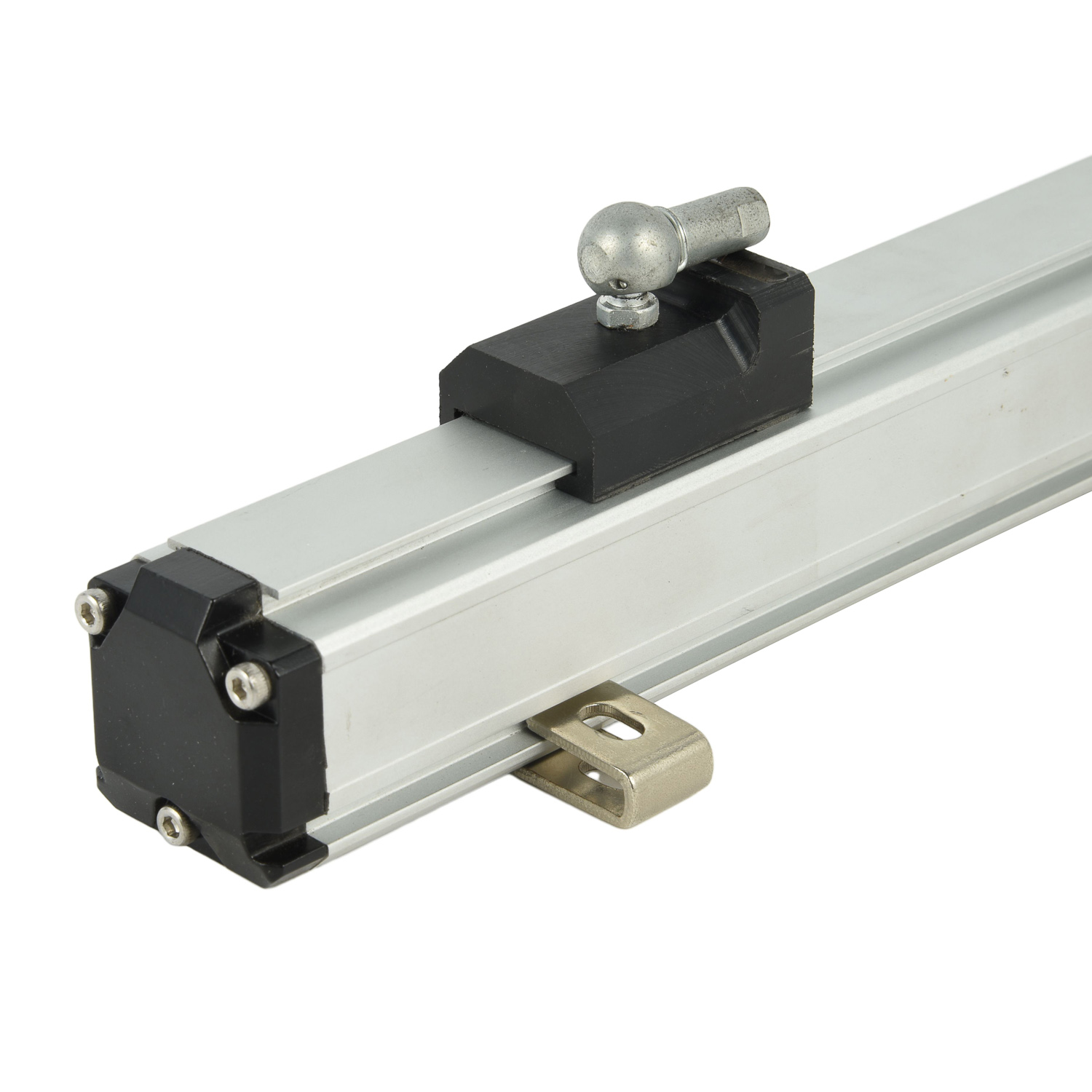What agricultural machinery applications benefit from magnetostrictive sensors?
Precision in Motion: An Introduction
Modern agriculture relies heavily on the seamless operation of complex machinery. At the heart of this efficiency lies precise measurement and control, particularly in hydraulic systems. Magnetostrictive sensors have emerged as a critical technology, providing non-contact, high-accuracy position feedback. Their robustness and reliability make them exceptionally well-suited for the demanding environments of farming, where dust, moisture, and vibration are constant challenges. This article explores the specific applications where these sensors deliver significant benefits.
Enhanced Control of Hydraulic Cylinders
One of the most prominent applications for magnetostrictive sensors in agriculture is the precise positioning of hydraulic cylinders. These cylinders are fundamental to the function of equipment like tractor front-end loaders, combine harvester headers, and plow depth control systems. The sensor is integrated directly into the cylinder, where it accurately measures the position of the piston rod. This real-time data allows for micrometer-level control, enabling operators to automate movements, maintain consistent implement height, and ensure repeatable operations. This precision directly translates to reduced waste, improved fuel efficiency, and less operator fatigue.

Optimizing Steering Systems for Automated Guidance
The advancement of autonomous and semi-autonomous farming relies on accurate steering control. Magnetostrictive sensors are increasingly used in hydraulic steering units to provide exact feedback on the steering angle. This information is crucial for automated guidance systems that follow pre-defined paths using GPS. By ensuring the vehicle's steering mechanism responds accurately to digital commands, these sensors help minimize overlaps and gaps in the field. The result is a substantial increase in operational efficiency, optimal use of seeds and fertilizers, and reduced soil compaction.
Precision Control for Seeders and Planters
Achieving uniform seed placement is vital for maximizing crop yield. Modern seeders and planters utilize sophisticated hydraulic and electric systems to control row units and metering mechanisms. Magnetostrictive sensors are employed to monitor and control the downforce applied to each row unit, ensuring consistent seed depth across varying soil conditions. Furthermore, they can provide feedback on the position of metering shut-offs for section control, preventing over-seeding in irregularly shaped fields and headlands. This application is a cornerstone of precision agriculture, promoting optimal plant growth and resource conservation.
Improving Efficiency in Balers and Harvesters
In harvesting equipment like round and square balers, magnetostrictive sensors play a key role in monitoring the position of plungers, knotters, and density control doors. By providing reliable feedback on the bale formation process, these sensors enable the machine to automatically adjust for optimal bale size, shape, and density. This ensures consistency, reduces the risk of machine jams, and improves the overall quality of the harvested product. Similarly, in combine harvesters, they can be used to precisely control the height of the header, adapting to terrain changes to minimize grain loss.
The Future of Farm Machinery with Advanced Sensing
As agricultural machinery continues to evolve towards greater automation and data-driven decision-making, the role of magnetostrictive sensors will only expand. Their ability to deliver high-resolution, reliable data under harsh conditions makes them indispensable for the next generation of smart farm equipment. From drone-based sprayers to fully autonomous tractors, the precise feedback provided by these sensors will be the foundation for increased productivity, sustainability, and profitability in the agricultural sector.
 UpgradingYourLevelMeasurementS
UpgradingYourLevelMeasurementS
 Why are magnetostrictive level
Why are magnetostrictive level
 ComparingMagnetostrictiveandRa
ComparingMagnetostrictiveandRa
 MagnetostrictiveLevelSensorfor
MagnetostrictiveLevelSensorfor
